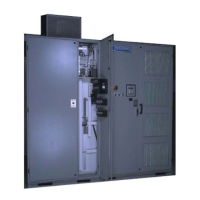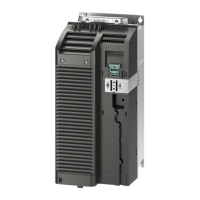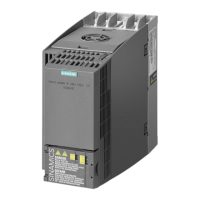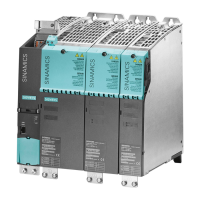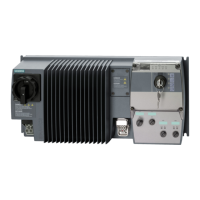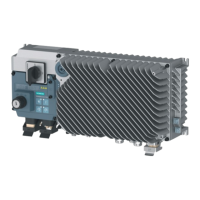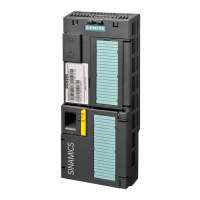Determining motor speed
SMC avoids the need to scan the motor frequency to determine motor speed. The control uses
information from the rotor-induced speed voltages on the stator to determine rotor speed. The
drive begins, in the magnetizing state, by giving a eld current command that is equal to the no-
load eld current setting to the exciter. This lasts for a time equal to the programmable ux ramp
time that is entered through the menu system.
After this period of time, the drive goes into the run state. In most cases, the regulator in the
eld exciter is slow, and the drive applies magnetizing current, through the stator windings to
assist the exciter in establishing rated ux on the motor. At the same time, the speed regulator
commands a torque-producing current to accelerate the motor to the demanded speed. Once
the eld exciter establishes the required eld current to maintain ux in the motor, the
magnetizing component of stator current reduces to zero. From this point onward, the drive
provides torque-producing current, for acceleration or deceleration that is in-phase with the
drive output voltage. That is, under steady state conditions, unity power factor condition is
automatically maintained at the drive output. The eld current command is provided to the eld
exciter with the use of an analog output signal.
Summary of dierences between SMC and OLVC
• The motor no-load current parameter represents the eld no-load current value in SMC.
• With SMC, the ux loop gains are slightly lower than with OLVC.
• Spinning load is always enabled with SMC.
• The drive magnetizing current regulator uses only the proportional gain for the ux exciter.
• Only Stage 1 auto-tuning can be used with synchronous motors.
• When you are performing Stage 1 auto-tuning, you must short the eld winding to get a
proper setup of the stator resistance.
CAUTION
Incorrect use of Stage 2 auto-tuning will lead to drive instability.
Never use Stage 2 auto-tuning with synchronous motors.
Only use Stage 1 auto-tuning with synchronous motors.
4.7.7 Volts/Hertz Control (V/Hz)
Volts/Hertz (V/Hz) control is used when the drive is connected to multiple motors in parallel. The
control algorithm is similar to OLVC, except that it does not use some of the motor parameters
in its control algorithm that OLVC does. High starting torque mode is available in this control
mode.
Note
Many of the features available with OLVC, such as fast bypass, spinning load, and slip
compensation, are not available with this mode, as individual feedback and control of each
motor is not possible.
NXGPro+ Control Description
4.7 Control Modes
NXGPro+ Control Manual
Operating Manual, A5E50491925A 53
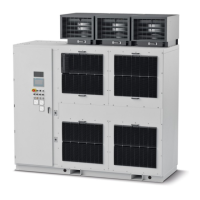
